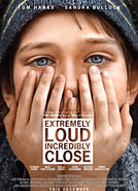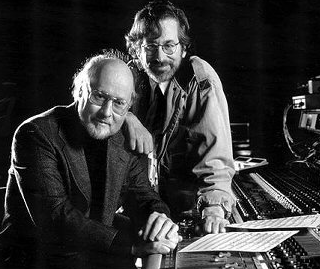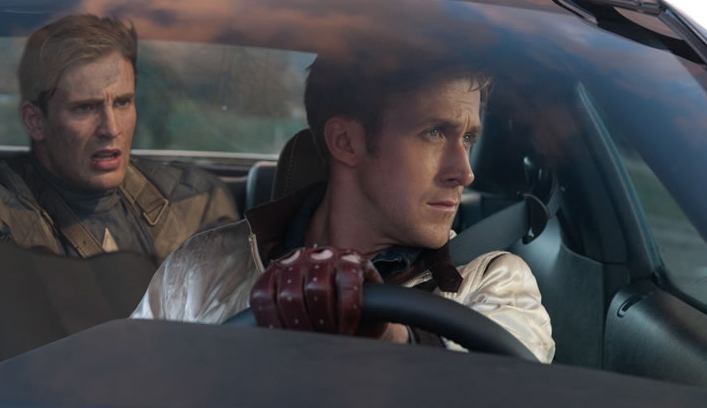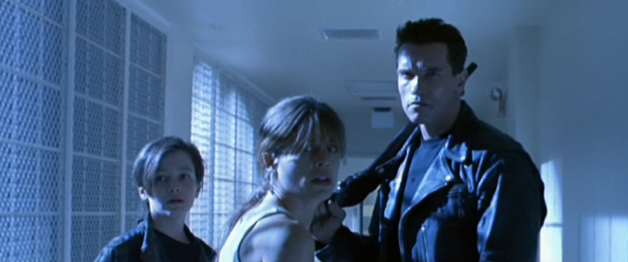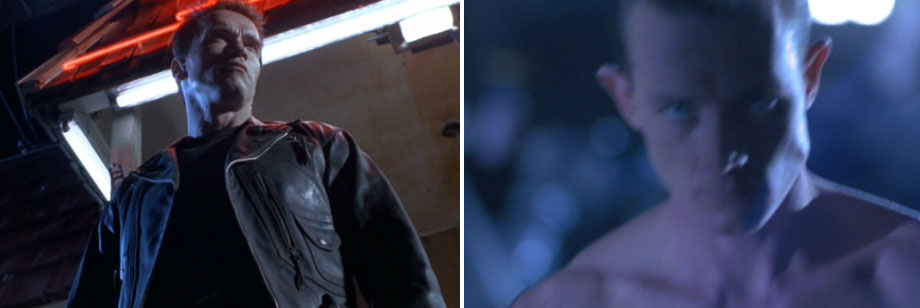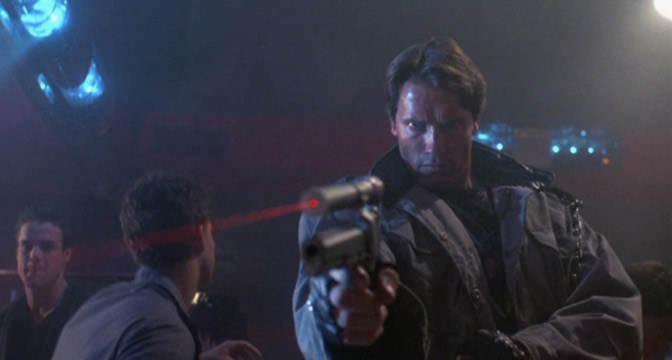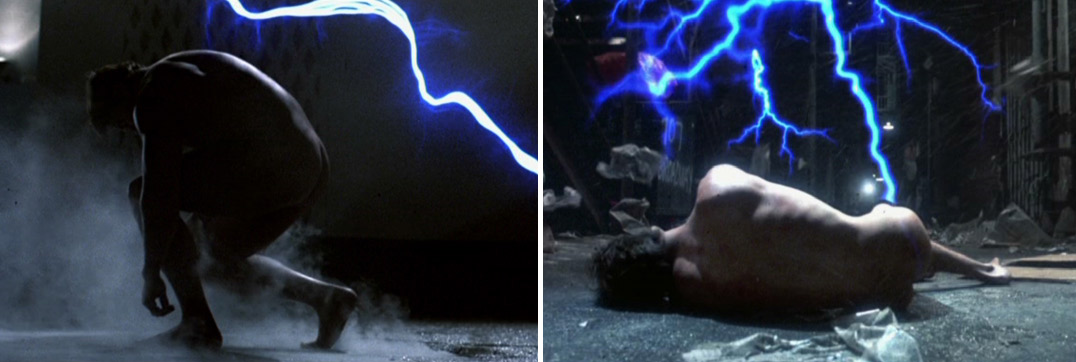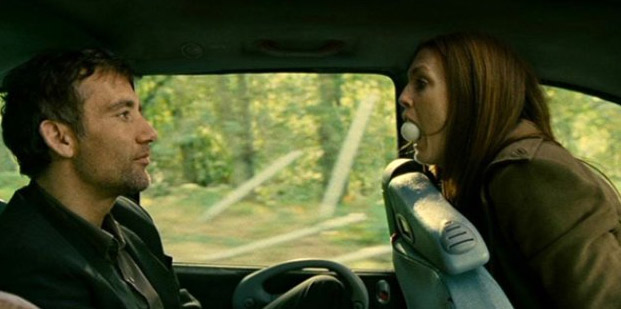Wooooo(t). It's Link Time.
 Tuesday, September 13, 2011 at 3:17PM
Tuesday, September 13, 2011 at 3:17PM 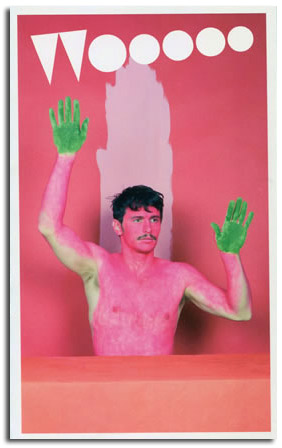 As you know if you're paying attention (there will be a quiz) I've been offline for 72 hours. GASP! So if some of the following links are GASP 72 hours old, you will forgive. For the record I highly recommend spending 72 hours in a cabin in the woods without internet, tv or cel phones (provided there are no serial killers nearby). Highly relaxing!
As you know if you're paying attention (there will be a quiz) I've been offline for 72 hours. GASP! So if some of the following links are GASP 72 hours old, you will forgive. For the record I highly recommend spending 72 hours in a cabin in the woods without internet, tv or cel phones (provided there are no serial killers nearby). Highly relaxing!
Let's catch up with pieces/stories you (by which I mean "I") might have missed!
The Film Doctor on Contagion and the "die-off" scenario.
Go Fug Yourself succinct funny snappy boring Brangelina
Blog Stage will Broadway actress Mary Farber be a new SNL cast member?
Towleroad the continuing antics of James Franco. This time painted pink for Woooo mag.
My New Plaid Pants Kate Winslet... and Elizabeth Taylor
Natasha VC remember a time via Pauline Kael when Nicolas Cage was sorta wonderful. I saw Moonstruck again recently and it was just ♥♥♥♥... well that's amore!
Empire Online Hugh Grant joins the already gargantuan name cast of Cloud Atlas which, if you'll recall, already has three directors. It sounds like a mess but Empire is feeling hopeful.
Awards Daily on Oscar and sex. Do they really take issue with explicit films? (in short: yes)
IndieWire Remember when I made that brief Oscar prediction about Shailene Woodley in The Descendants and people made fun? Well, her buzz isn't boiling or anything but it is simmering ever since Telluride.
WSJ Asia Scene Deanie Ip (A Simple Life) who just won the Venice Volpi Cup for Best Actress on why she took a long break from acting...
I think nobody wants me, because I’m very difficult.
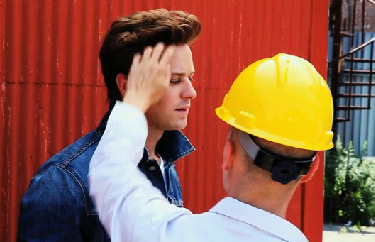 Towleroad Clint Eastwood kicks off the UnOfficial (but not for long) Armie Hammer Best Supporting Actor campaign for J. Edgar while Hammer boasts of his own chest hair
Towleroad Clint Eastwood kicks off the UnOfficial (but not for long) Armie Hammer Best Supporting Actor campaign for J. Edgar while Hammer boasts of his own chest hair
The Telegraph interviews the ascendant Ryan Gosling
If I'm still acting at 46, I'll be surprised.
Say it ain't so. Of course it isn't. I wish I had kept a spreadsheet of all the alarmist things celebrities have said over the years because no one ever remembers... including me. As I typed this sentence I was about to share this anecdote about what Matt Damon said this one time in a magazine about making ridiculous amounts of money and how that would mean he would... but I've already forgotten what he said he wouldn't do anymore. It was something about quitting or not doing any press. Something silly. Because of course he went on to make gazillions and still works in front of the camera and plays to it in interviews.
Today's Must See Video
Madonna on the whole silly Venice Film Festival loathing hydranges "story"
There really is nothing better than Madonna with a sense of humor about herself. It's always been her saving grace and if she doesn't locate it as often as she once did, at least it's still there! And it's great timing since she's hitting the publicity circuit with such gusto. Two of my friends/acquaintances, fraquaintances? even interviewed her: Peter and Scott. I can't imagine how either got through it. Honestly, I can't.
Finally...
if you're as interested in editing as I am, you might enjoy this very thorough analysis of a key action sequence in The Dark Knight (2008).
In the Cut, Part I: Shots in the Dark (Knight) from Jim Emerson on Vimeo.
I highlight it because, like Jim Emerson, I have always been thrown by that film's editing (the Oscar nomination is baffling to me) as it doesn't make coherent sense, spatially or time-wise. (If you don't share this pet peeve -- I realize many people enjoy contemporary cinema's rule-free freneticism of editing -- you might not enjoy this video. This is actually the #2 most prominent reason as to why I have never been a Christopher Nolan convert. I prefer action filmmakers like James Cameron and Kathryn Bigelow who never (or very very rarely) sacrifice coherency for thrills.



